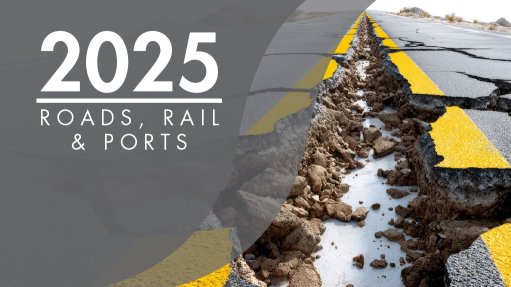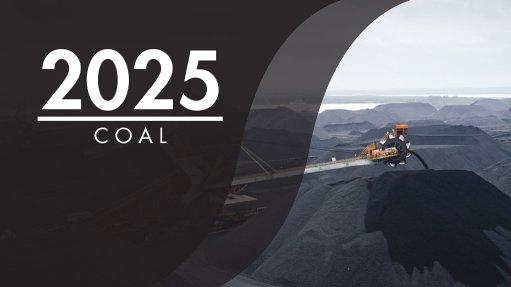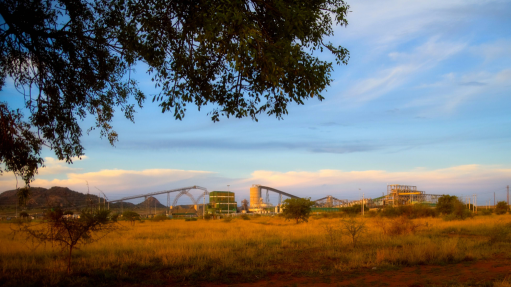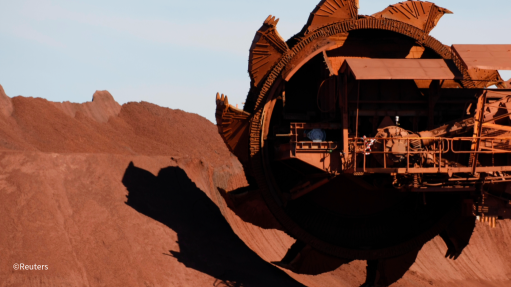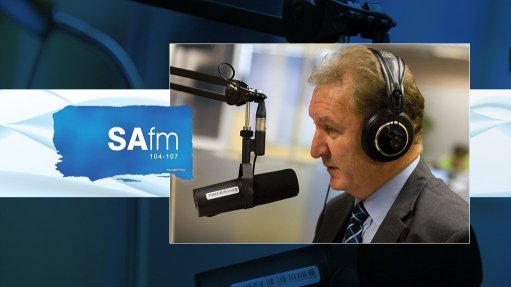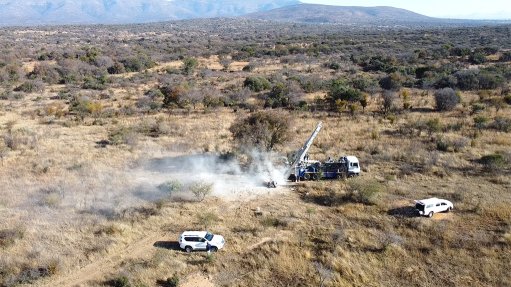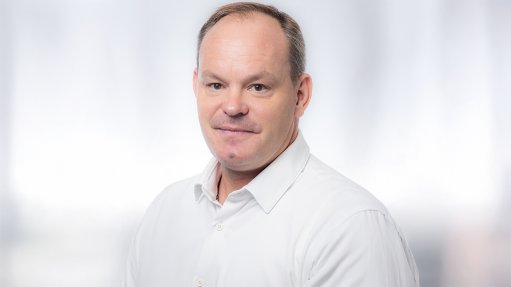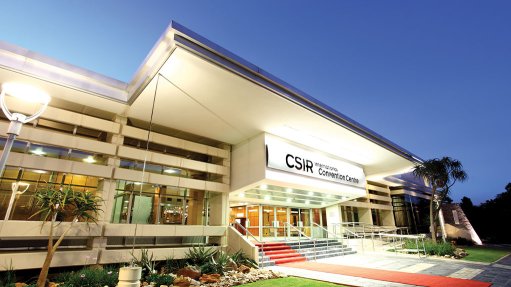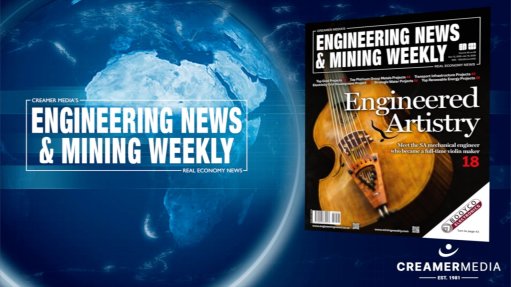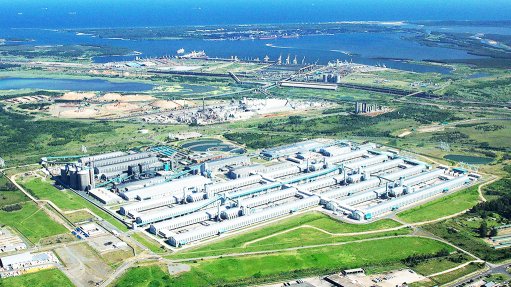South Africa’s journey to smart, greener transport
This article has been supplied.
By: Andrés Diaz - Vice President, Power Systems, Anglophone Africa at Schneider Electric
South Africa like it peers across the globe is making some noteworthy stride in establishing an economy built on sustainable transport. In fact, the country’s Green Transport Strategy (2018–2050) includes strategic imperatives such as the rollout of Electrical Vehicles (EVs), cleaner fuels, and integrated public transport.
Indeed, with rising urbanisation, climate imperatives, the demand for seamless connection needs to transcend incremental change, meeting future green mobility imperatives sooner rather than later.
A critical enabler of sustainable transport is establishing a highly effective electrical backbone. Without a modern, resilient, and intelligent power infrastructure, the vision of electric buses, advanced rail, EV charging corridors, and smart ports will remain out of reach.
As it stands, transport electrification in South Africa faces three, intertwined challenges:
• Grid instability—loadshedding disrupts EV charging, rail networks, and port operations.
• Capacity bottlenecks—urban corridors and hubs lack the electrical headroom for large-scale electrification.
• Capital and policy gaps—financing, incentives, and regulatory certainty are essential to attract investment.
Solutions for transport electrification
The good news, there are some truly feasible solutions that can assist in overcoming some of the country’s most pertinent transport electrification challenges.
Microgrids and Distributed Energy Resources (DERs), for one, provide a bridge between today’s grid realities and tomorrow’s electrified transport.
With islanding capability, on-site solar and battery storage, and lower operational costs, these systems keep fleets moving and cargo flowing, even when the grid falters. Also, it forms a vital part of continuous power provision to critical services like airports, ports and transport depots.
In fact, JFK International Airport’s Terminal One, built and operated by AlphaStruxure, a joint venture of Schneider Electric and The Carlyle Group, features four interconnected microgrids that can operate autonomously for improved resilience and reduced dependency on traditional power sources.
Today microgrids and DERs deliver:
• Cost optimisation - by leveraging solar PV and battery storage, hubs can reduce peak demand charges and reliance on expensive grid power, improving overall cost efficiency.
• Support for electrification: DERs provide localised, reliable power for electric ground support equipment, shore power for ships, and future EV fleets—without overburdening the central grid.
• Sustainability impact: These solutions directly contribute to decarbonisation efforts, reducing the carbon footprint of high-energy-consuming facilities.
Modernisation of the grid
Apart from the above, the electrification of the country’s transport infastructure should also realise the below key enablers:
• Upgrading feeders and substations near key transport nodes—such as depots, transit corridors, and urban charging hubs—is essential. These enhancements ensure the grid can handle the concentrated, high load demands of electrified transport systems, while improving overall resilience and reducing the risk of outages.
• Digital substations can redefine how utilities manage power. Equipped with IoT sensors, digital relays, and advanced communication protocols, these systems enable real-time monitoring, rapid fault detection, and remote operation. This level of responsiveness is vital for managing the unpredictable and dynamic nature of EV charging demand.
• Grid edge intelligence—powered by Advanced Distribution Management Systems (ADMS) and edge analytics—allows for seamless integration of distributed EV loads. These technologies optimise charging schedules, balance supply and demand, and enhance grid stability, especially in high-density urban environments.
• Digital substations offer scalability and adaptability, allowing municipalities and utilities to evolve alongside growing EV adoption and emerging technologies. By investing in future-ready infrastructure today, South Africa can build a transport ecosystem that is not only cleaner, but smarter and more resilient.
Digitising for an electrified future
Schneider Electric’s EcoStruxure Trasport IOT platform is aims to improve transport industry operation by turning infrastructure into intelligent, energy-efficient ecosystems. EcoStruxure connects operational and digital layers to optimise performance, cut emissions, and future-proof mobility networks, offering the following benefits:
• Integrated visibility – connects power systems, building management, and operational technologies across depots, stations, and offices—providing a unified view of energy performance.
• Advanced analytics & AI - the platform identifies inefficiencies, predicts maintenance needs for critical assets (e.g., HVAC, substations, EV chargers), and enables real-time energy optimisation.
• Emission monitoring and education - EcoStruxure tracks energy consumption and carbon emissions with precision, supporting targeted reduction strategies and regulatory reporting.
• Operational efficiency: Through automation and intelligent asset management, it enhances uptime, reduces maintenance costs, and streamlines facility operations.
Article Enquiry
Email Article
Save Article
Feedback
To advertise email advertising@creamermedia.co.za or click here
Press Office
Announcements
What's On
Subscribe to improve your user experience...
Option 1 (equivalent of R125 a month):
Receive a weekly copy of Creamer Media's Engineering News & Mining Weekly magazine
(print copy for those in South Africa and e-magazine for those outside of South Africa)
Receive daily email newsletters
Access to full search results
Access archive of magazine back copies
Access to Projects in Progress
Access to ONE Research Report of your choice in PDF format
Option 2 (equivalent of R375 a month):
All benefits from Option 1
PLUS
Access to Creamer Media's Research Channel Africa for ALL Research Reports, in PDF format, on various industrial and mining sectors
including Electricity; Water; Energy Transition; Hydrogen; Roads, Rail and Ports; Coal; Gold; Platinum; Battery Metals; etc.
Already a subscriber?
Forgotten your password?
Receive weekly copy of Creamer Media's Engineering News & Mining Weekly magazine (print copy for those in South Africa and e-magazine for those outside of South Africa)
➕
Recieve daily email newsletters
➕
Access to full search results
➕
Access archive of magazine back copies
➕
Access to Projects in Progress
➕
Access to ONE Research Report of your choice in PDF format
RESEARCH CHANNEL AFRICA
R4500 (equivalent of R375 a month)
SUBSCRIBEAll benefits from Option 1
➕
Access to Creamer Media's Research Channel Africa for ALL Research Reports on various industrial and mining sectors, in PDF format, including on:
Electricity
➕
Water
➕
Energy Transition
➕
Hydrogen
➕
Roads, Rail and Ports
➕
Coal
➕
Gold
➕
Platinum
➕
Battery Metals
➕
etc.
Receive all benefits from Option 1 or Option 2 delivered to numerous people at your company
➕
Multiple User names and Passwords for simultaneous log-ins
➕
Intranet integration access to all in your organisation




